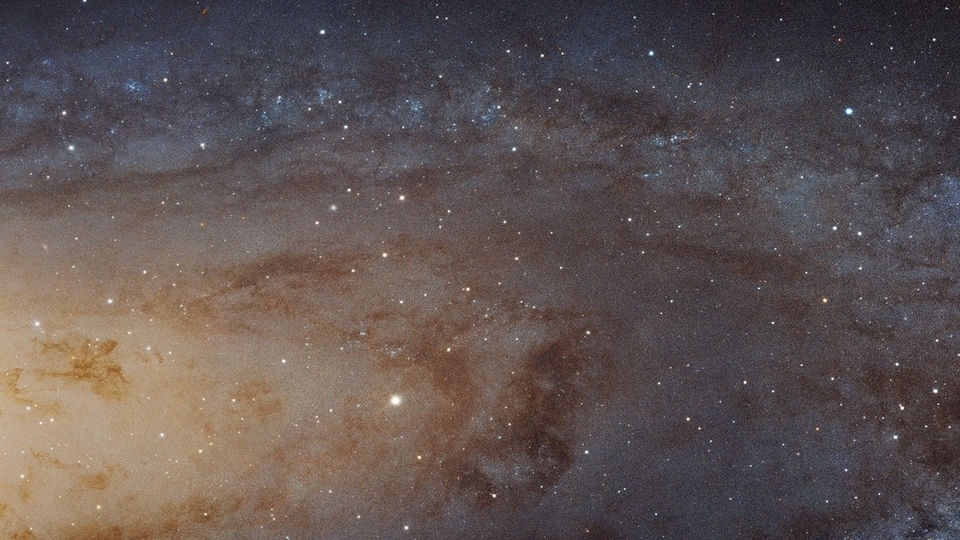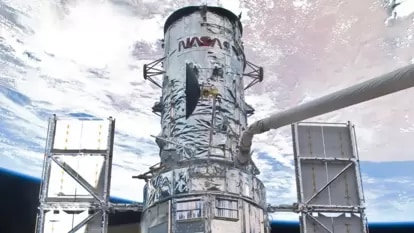NASA Hubble Space Telescope image of Andromeda Galaxy is breathtaking; 100 mn stars in 1 photo
A panoramic view of the Andromeda Galaxy was captured by NASA Hubble Space Telescope and it is simply awesome. Check details here.


Have you seen the largest-ever image assembled of the Andromeda Galaxy? The image was captured by the NASA Hubble Space Telescope 7 years ago. The image shows 48,000-light-year-long stretch of our cosmic neighbor with over 100 million stars in the view. Informing about the same NASA tweeted, "More like An-Drama-da Seven years ago, @NASAHubble captured its largest-ever image assembled of the Andromeda galaxy in brilliant clarity, showing a 48,000-light-year-long stretch of our cosmic neighbor with over 100 million stars in this view. http://go.nasa.gov/3beGm23."
"This sweeping bird's-eye view of a portion of the Andromeda galaxy (M31) is the sharpest large composite image ever taken of our galactic next-door neighbor. Though the galaxy is over 2 million light-years away, The Hubble Space Telescope is powerful enough to resolve individual stars in a 61,000-light-year-long stretch of the galaxy's pancake-shaped disk. It's like photographing a beach and resolving individual grains of sand. And there are lots of stars in this sweeping view -- over 100 million, with some of them in thousands of star clusters seen embedded in the disk," NASA said in a report.
Also Read: Crops can be grown on Asteroids! Here is what THIS exciting research reveals
It can be known that most of the stars in the universe live inside majestic star cities, and this is the first data that reveal populations of stars in context to their home galaxy. NASA explains, "Hubble traces densely packed stars extending from the innermost hub of the galaxy. Moving out from this central galactic bulge, the panorama sweeps from the galaxy's central bulge across lanes of stars and dust to the sparser outer disk."
"Large groups of young blue stars indicate the locations of star clusters and star-forming regions. The stars bunch up in the blue ring-like feature toward the right side of the image. The dark silhouettes trace out complex dust structures. Underlying the entire galaxy is a smooth distribution of cooler red stars that trace Andromeda's evolution over billions of years," it further added.
Catch all the Latest Tech News, Mobile News, Laptop News, Gaming news, Wearables News , How To News, also keep up with us on Whatsapp channel,Twitter, Facebook, Google News, and Instagram. For our latest videos, subscribe to our YouTube channel.
































